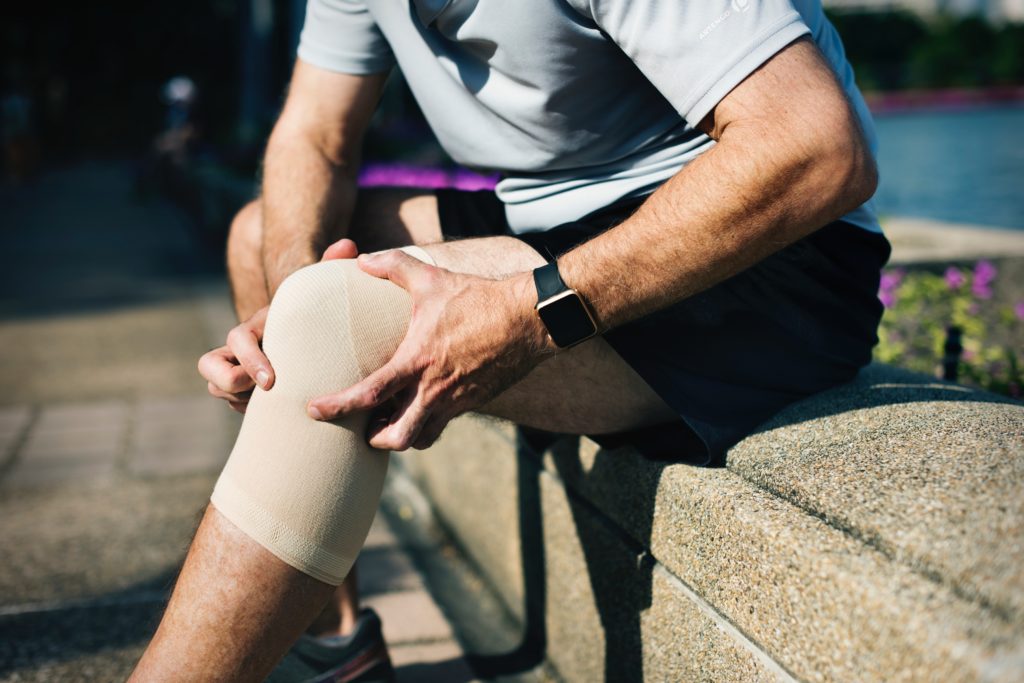Why Are My Joints So Stiff? What Can I Do?
May 27 2019Joint pain is a very common problem among adults.

You’re Getting Older
As you age, your cartilage — the spongy material that protects the ends of your bones — begins to dry out and stiffen. Your body also makes less synovial fluid, the stuff that acts like oil to keep your joints moving smoothly. The result: Your joints may not move as freely as they used to. It sounds a little crazy, but the best thing you can do is keep on trucking. Synovial fluid requires movement to keep your joints loose.
It’s Morning
When you’re asleep and still for several hours, the fluid that helps your joints move easily can’t do its job. That’s why you wake up with knees or hands that are stiff and swollen. To make it better, try to move around more during the day.
Osteoarthritis (OA)
A joint is the place where two bones meet. The end of each bone is covered in a layer of rubbery stuff called cartilage. This keeps them from rubbing together. But cartilage can wear away over time or after an injury. When it’s gone, the bones hit one another, and sometimes, tiny pieces break off. The result is a stiff, swollen, painful joint.
Treating Osteoarthritis
Your first move might be to do fewer things that bother the joint in question. Over-the-counter drugs can help with pain and swelling. If they don’t, your doctor might inject stronger treatments directly into problem areas. You can wrap joints to protect them and stop overuse, but this could weaken your muscles, so don’t overdo it. Some people need surgery, but it’s rare. Your doctor will discuss these treatments plus others, such as physical therapy and losing weight, with you.
Rheumatoid Arthritis (RA)
Your immune system is supposed to protect you from outside germs. Sometimes, it attacks the lining of your joints instead (your doctor will call this the synovium). RA is most likely to affect your wrist or finger joints, but it can show up anywhere in your body. It often causes constant pain and stiffness. Sometimes, it stays in the background and only flares up now and then.
Treating Rheumatoid Arthritis
Doctors treat RA with medications that slow or stop the disease process. You might hear yours call them DMARDs, which stands for disease-modifying anti-rheumatic drugs. The goal is for you to have no signs of inflammation in your body. Your doctor will refer to this as this remission. Along with drugs, you can also take care of yourself — eat well, rest when you need to but keep moving, and take good care of your joints.
Another Type of Arthritis
OA and RA are the most well known, but other types also affect your immune system and result in stiff joints:
- Ankylosing spondylitis: This type mostly affects your spine, but it can make your hips, hands, or feet feel stiff.
- Gout: The first sign of this build-up of uric acid in your body is often a searing pain in your big toe.
- Infectious arthritis: It often starts with an infection somewhere else in your body that travels to one big joint, like your hip. Your doctor might call it septic arthritis.
Psoriatic arthritis: People with psoriasis or family members who have it are most likely to get this type. Signs include swollen fingers and pitted nails.
A Change in the Weather
Did your grandma say she knew when a storm was coming because her joints ached? She was right. Doctors aren’t sure why, but joint pain seems to get worse when the weather changes. It’s most common when the air pressure (the weather forecaster will call it barometric pressure) falls. That typically happens just before a storm.
—
Sourced from WebMD.
